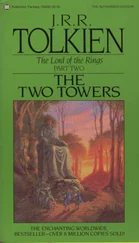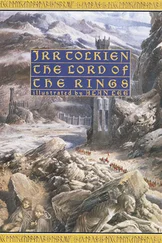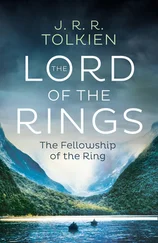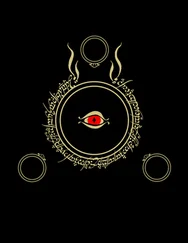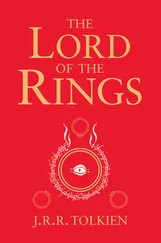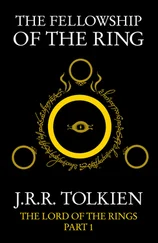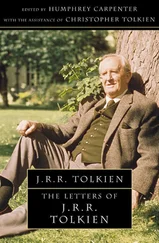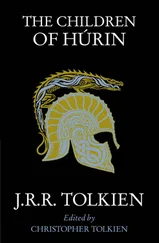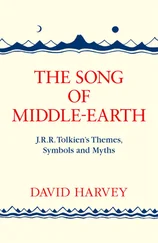But Húrin did not answer, and he sat beside the stone with Morwen in his arms; and they did not speak again. The sun went down, and Morwen sighed and clasped his hand and was still; and Húrin knew that she had died.
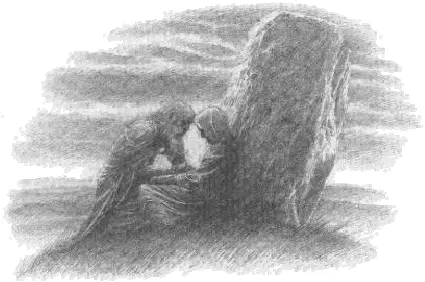
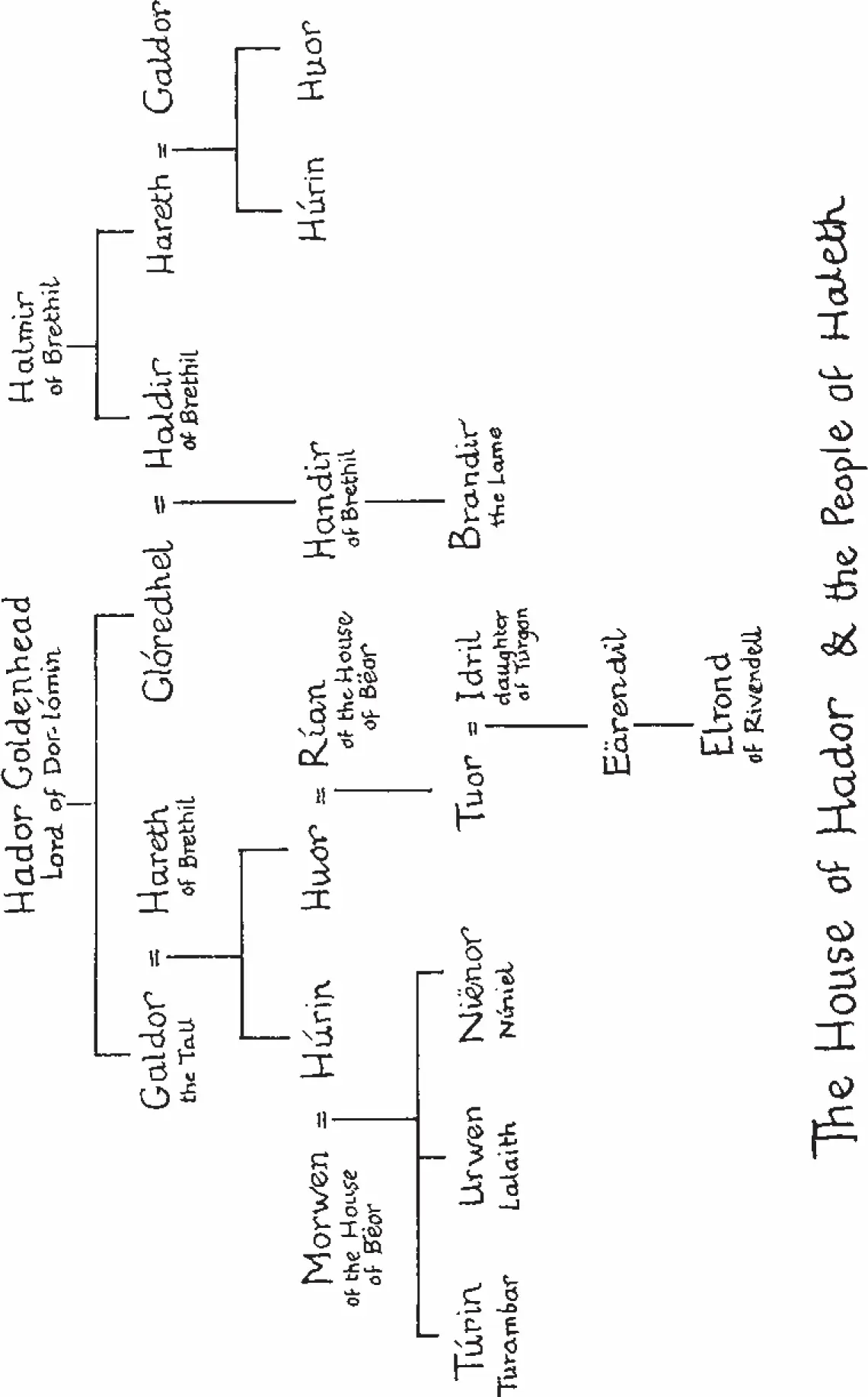
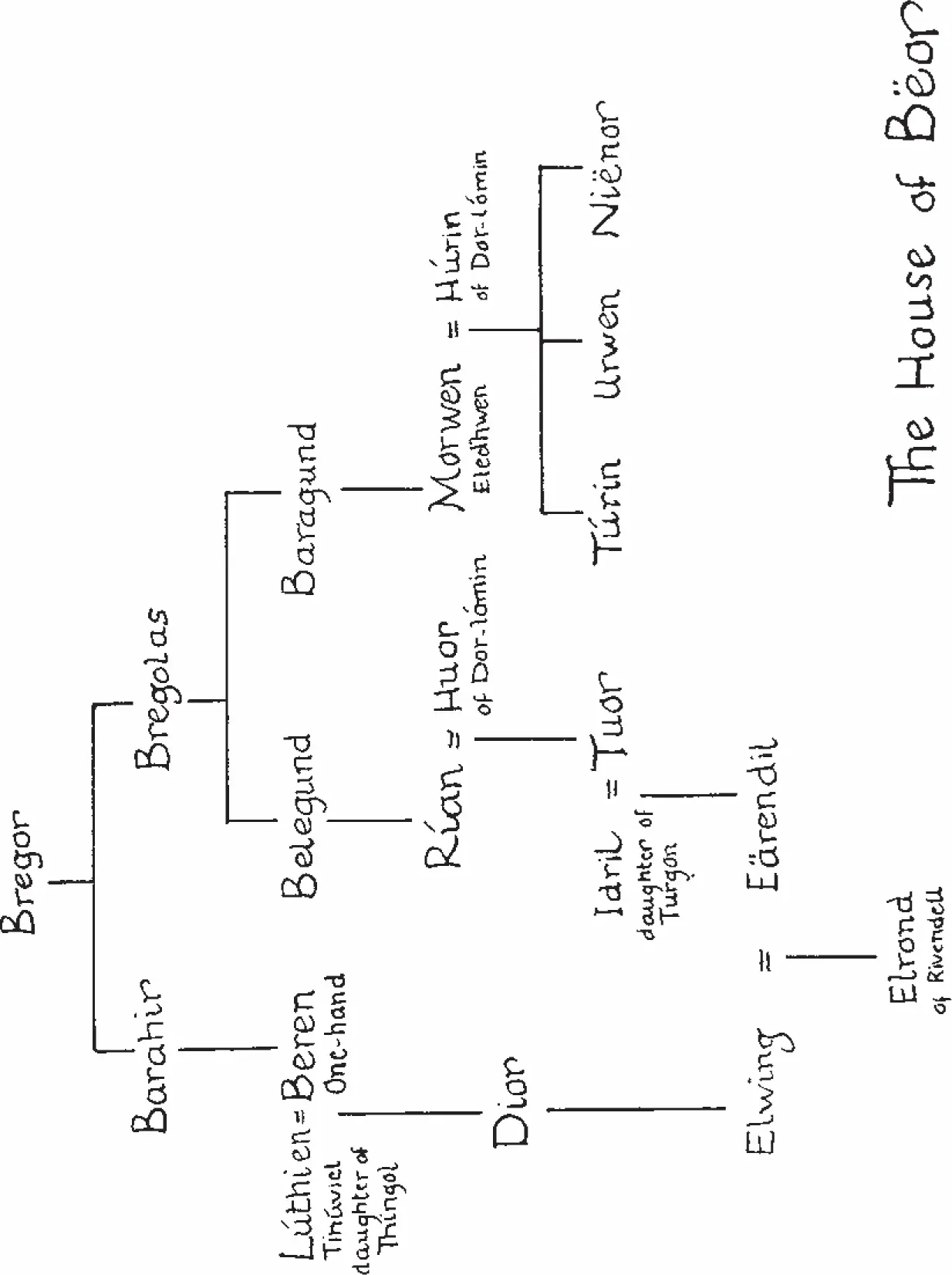
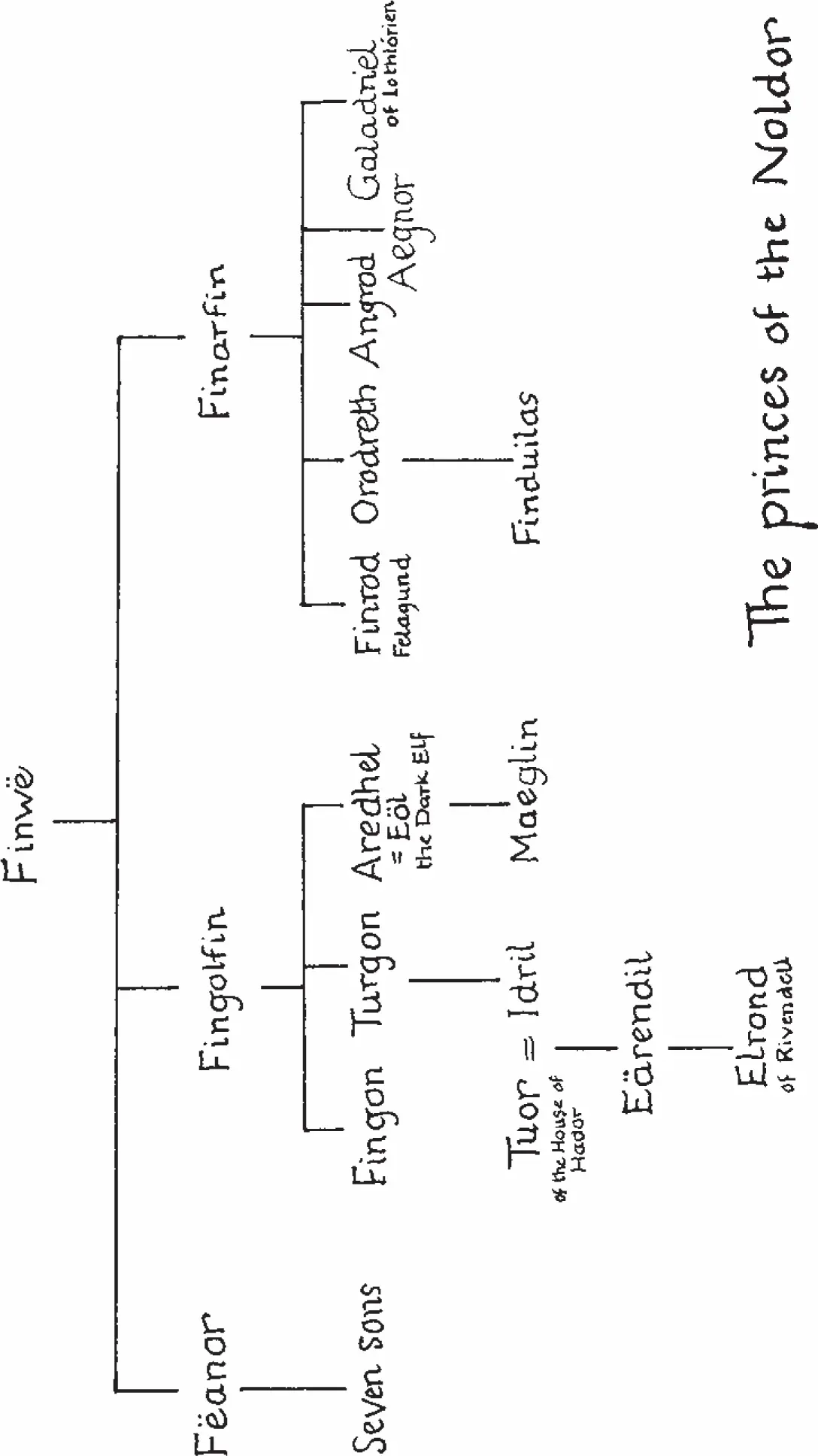
(1) THE EVOLUTION OF THE GREAT TALES
These interrelated but independent stories had from far back stood out from the long and complex history of Valar, Elves and Men in Valinor and the Great Lands; and in the years that followed his abandonment of the Lost Tales before they were completed my father turned away from prose composition and began work on a long poem with the title Túrin son of Húrin and Glórund the Dragon , later changed in a revised version to The Children of Húrin. This was in the earlier 1920s, when he held appointments at the University of Leeds. For this poem he employed the ancient English alliterative metre (the verse form of Beowulf and other Anglo-Saxon poetry), imposing on modern English the demanding patterns of stress and ‘initial rhyme’ observed by the old poets: a skill in which he achieved great mastery, in very different modes, from the dramatic dialogue of The Homecoming of Beorhtnoth to the elegy for the men who died in the battle of the Pelennor Fields. The alliterative Children of Húrin was by far the longest of his poems in this metre, running to well over two thousand lines; yet he conceived it on so lavish a scale that even so he had reached no further in the narrative than the assault of the Dragon on Nargothrond when he abandoned it. With so much more of the Lost Tale still to come it would have needed on this scale many more thousands of lines; while a second version, abandoned at an earlier point in the narrative, is about double the length of the first version to that same point.
In that part of the legend of the Children of Húrin that my father achieved in the alliterative poem the old story in The Book of Lost Tales was substantially extended and elaborated. Most notably, it was now that the great underground fortress-city of Nargothrond emerged, and the wide lands of its dominion (a central element not only in the legend of Túrin and Niënor but in the history of the Elder Days of Middle-earth), with a description of the farmlands of the Elves of Nargothrond that gives a rare suggestion of the ‘arts of peace’ in the ancient world, such glimpses being few and far between. Coming south along the river Narog Túrin and his companion (Gwindor in the text in this book) found the lands near the entrance to Nargothrond to all appearance deserted:
. . . they came to a country kindly tended;
through flowery frith and fair acres
they fared, and found of folk empty
the leas and leasows and the lawns of Narog,
the teeming tilth by trees enfolded
twixt hills and river. The hoes unrecked
in the fields were flung, and fallen ladders
in the long grass lay of the lush orchards;
every tree there turned its tangled head
and eyed them secretly, and the ears listened
of the nodding grasses; though noontide glowed
on land and leaf, their limbs were chilled.
And so the two travellers came to the doors of Nargothrond, in the gorge of the Narog:
there steeply stood the strong shoulders
of the hills, o’erhanging the hurrying water;
there shrouded in trees a sheer terrace,
wide and winding, worn to smoothness,
was fashioned in the face of the falling slope.
Doors there darkly dim gigantic
were hewn in the hillside; huge their timbers,
and their posts and lintels of ponderous stone.
Seized by Elves they were haled through the portal, which closed behind them:
Ground and grumbled on its great hinges
the door gigantic; with din ponderous
it clanged and closed like clap of thunder,
and echoes awful in empty corridors
there ran and rumbled under roofs unseen;
the light was lost. Then led them on
down long and winding lanes of darkness
their guards guiding their groping feet,
till the faint flicker of fiery torches
flared before them; fitful murmur
as of many voices in meeting thronged
they heard as they hastened. High sprang the roof.
Round a sudden turning they swung amazed,
and saw a solemn silent conclave,
where hundreds hushed in huge twilight
neath distant domes darkly vaulted
them wordless waited.
But in the text of The Children of Húrin given in this book we are told no more than this ( †):
And now they arose, and departing from Eithel Ivrin they journeyed southward along the banks of Narog, until they were taken by scouts of the Elves and brought as prisoners to the hidden stronghold.
Thus did Túrin come to Nargothrond.
How did this come about? In what follows I shall try to answer that question.
It seems virtually certain that all that my father wrote of his alliterative poem on Túrin was accomplished at Leeds, and that he abandoned it at the end of 1924 or early in 1925; but why he did so must remain unknown. What he then turned to is however not mysterious: in the summer of 1925 he embarked on a new poem in a wholly different metre, octosyllabic rhyming couplets, entitled The Lay of Leithian ‘Release from Bondage’. Thus he took up now another of the tales that he described years later, in 1951, as I have already noted, as full in treatment, independent, and yet linked to ‘the general history’; for the subject of The Lay of Leithian is the legend of Beren and Lúthien. He worked on this second long poem for six years, and in its turn abandoned it, in September 1931, having written more than 4000 lines. As does the alliterative Children of Húrin which it succeeded and supplanted, this poem represents a substantial advance in the evolution of the legend from the original Lost Tale of Beren and Lúthien.
While The Lay of Leithian was in progress, in 1926, he wrote a ‘Sketch of the Mythology’, expressly intended for R.W. Reynolds, who had been his teacher at King Edward’s school in Birmingham, ‘to explain the background of the alliterative version of Túrin and the Dragon’. This brief manuscript, which would run to some twenty printed pages, was avowedly written as a synopsis, in the present tense and in a succinct style; and yet it was the starting-point of the subsequent ‘Silmarillion’ versions (though that name was not yet given). But while the entire mythological conception was set out in this text, the tale of Túrin has very evidently pride of place – and indeed the title in the manuscript is ‘Sketch of the mythology with especial reference to the “Children of Húrin”’, in keeping with his purpose in writing it.
In 1930 there followed a much more substantial work, the Quenta Noldorinwa (the History of the Noldor: for the history of the Noldorin Elves is the central theme of ‘The Silmarillion’). This was directly derived from the ‘Sketch’, and while much enlarging the earlier text and writing in a more finished manner, my father nonetheless still saw the Quenta very much as a summarising work, an epitome of far richer narrative conceptions: as is in any case clearly shown by the sub-title that he gave to it, in which he declared that it was ‘a brief history [of the Noldor] drawn from the Book of Lost Tales’.
Читать дальше
Конец ознакомительного отрывка
Купить книгу





